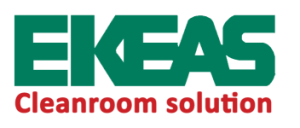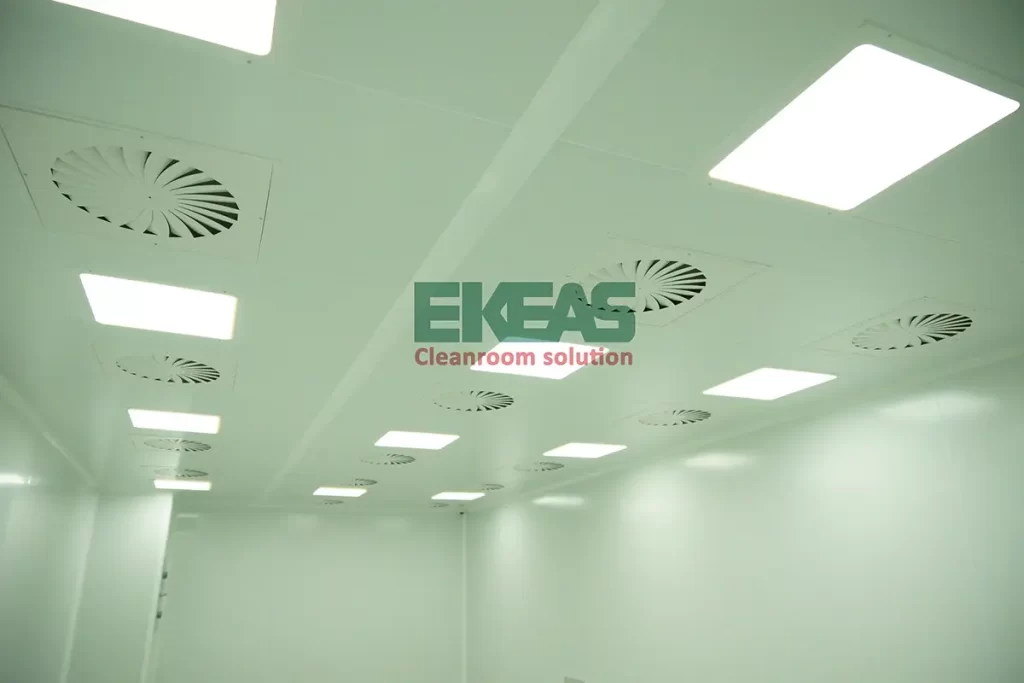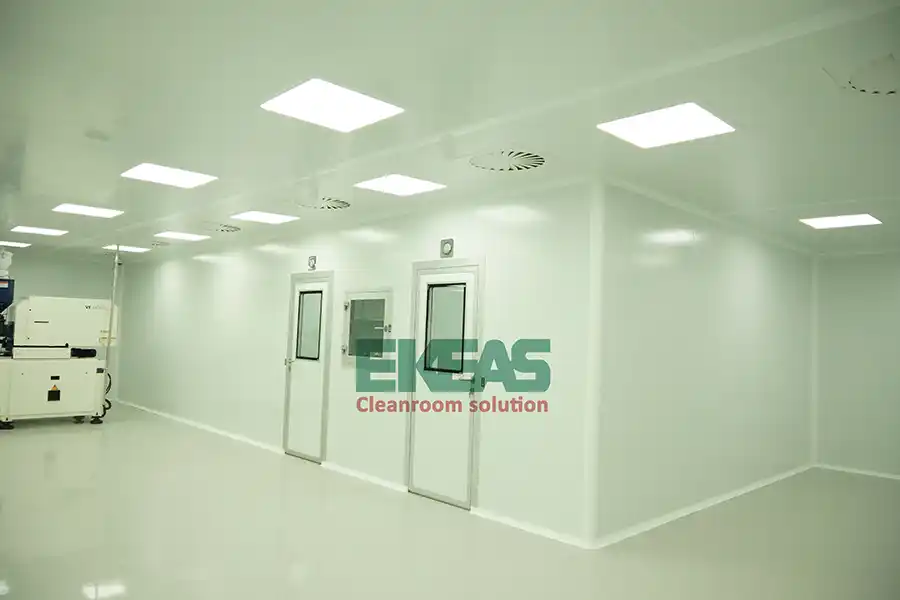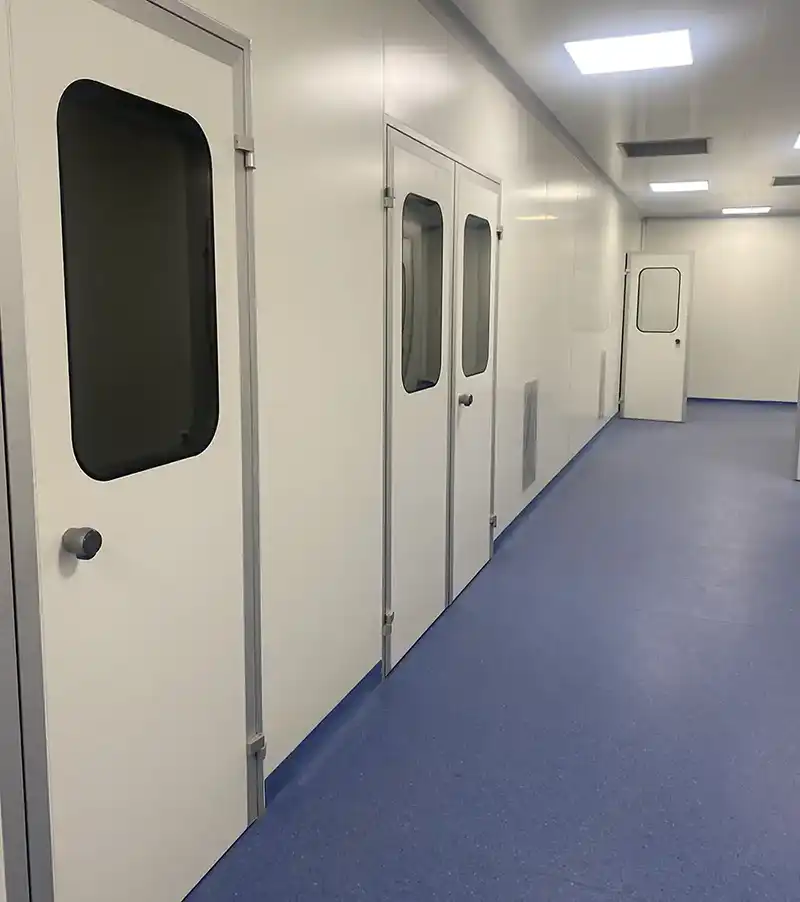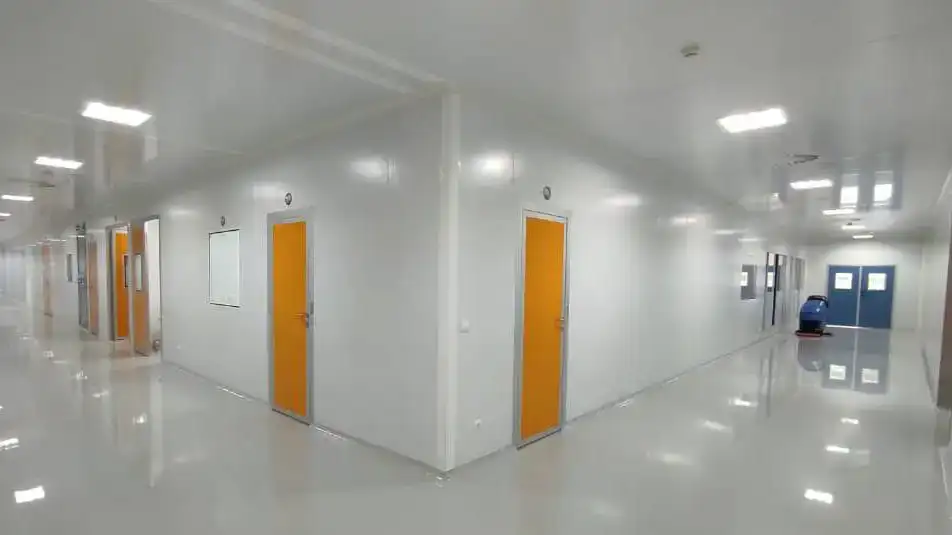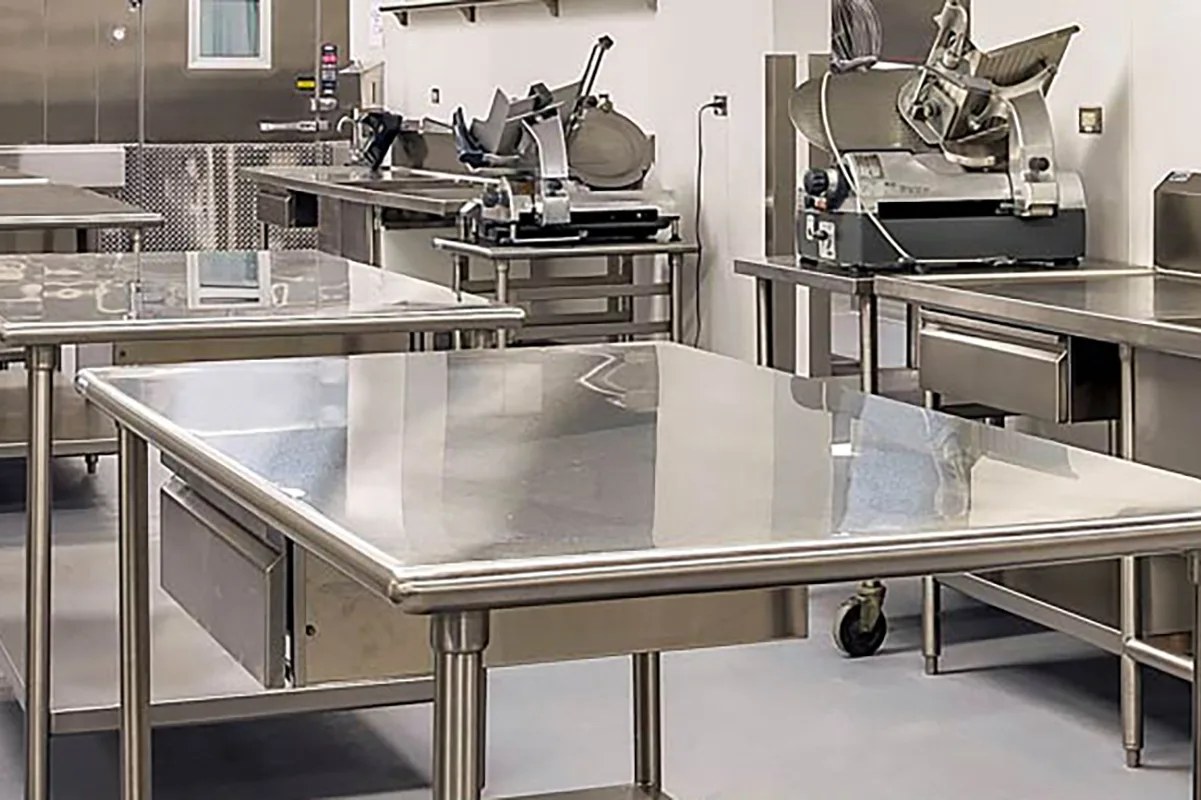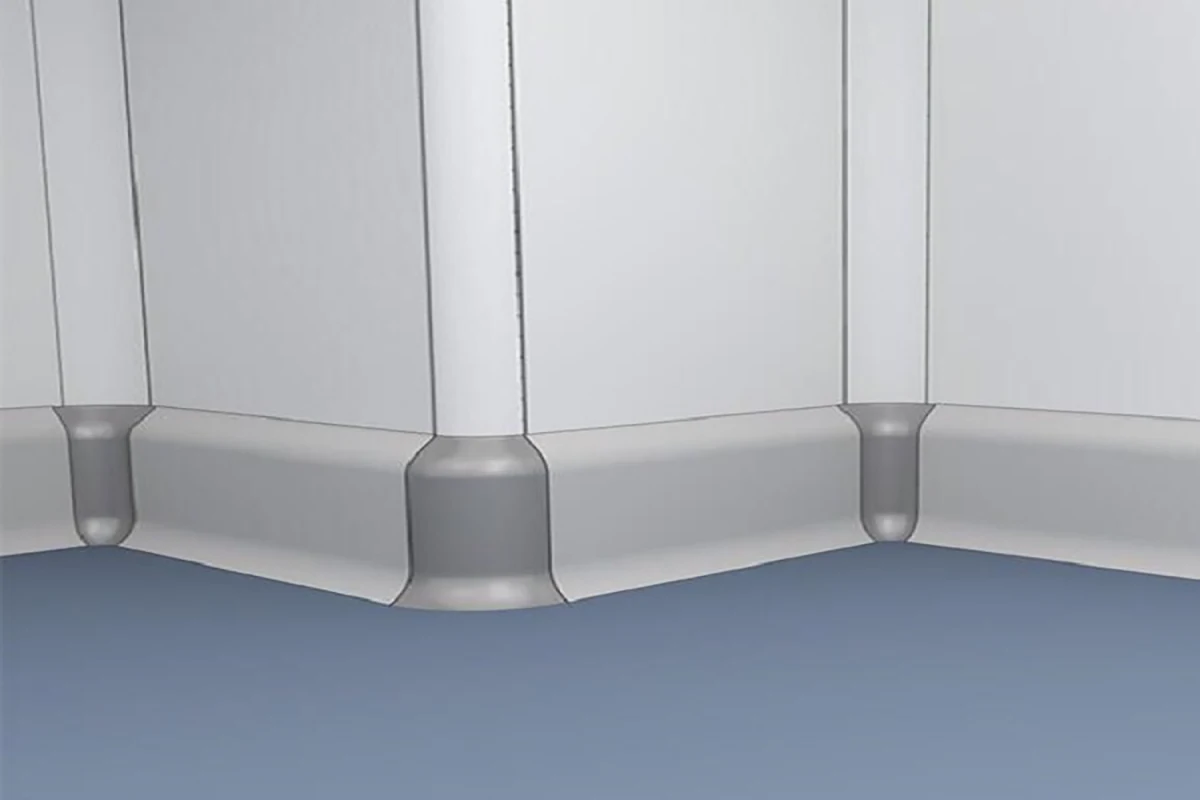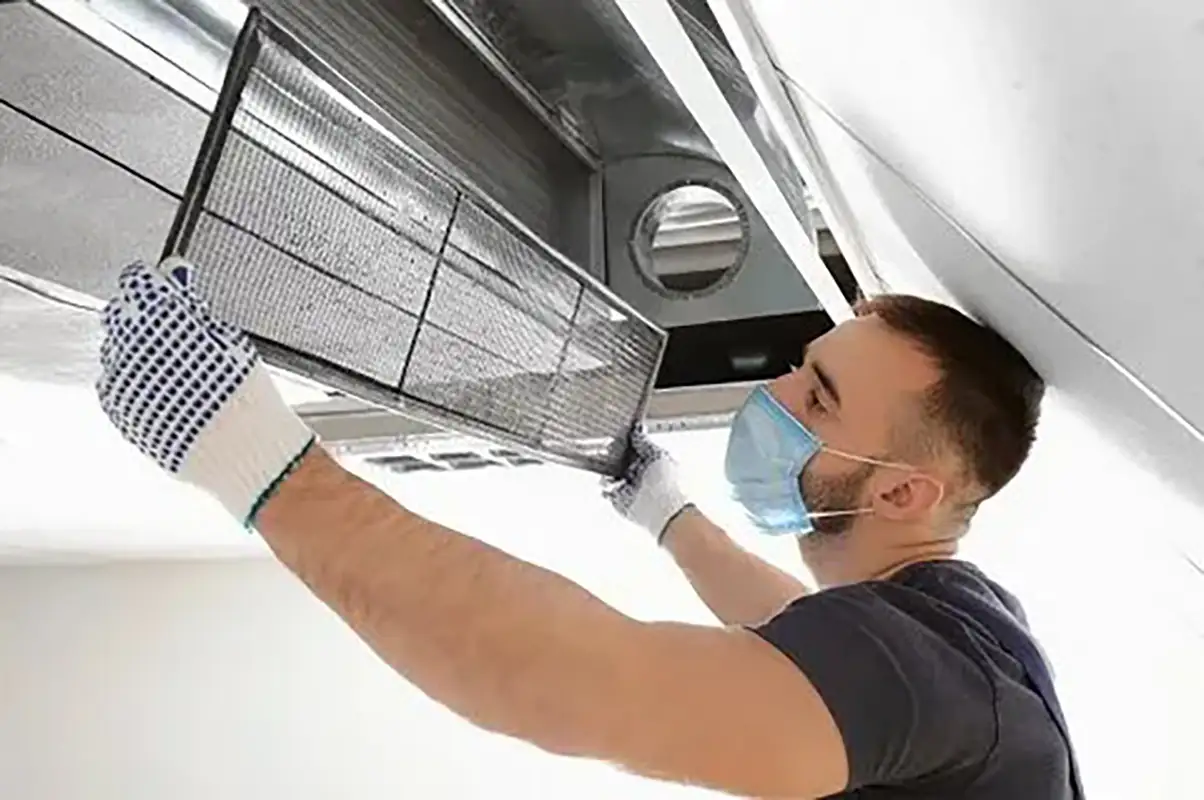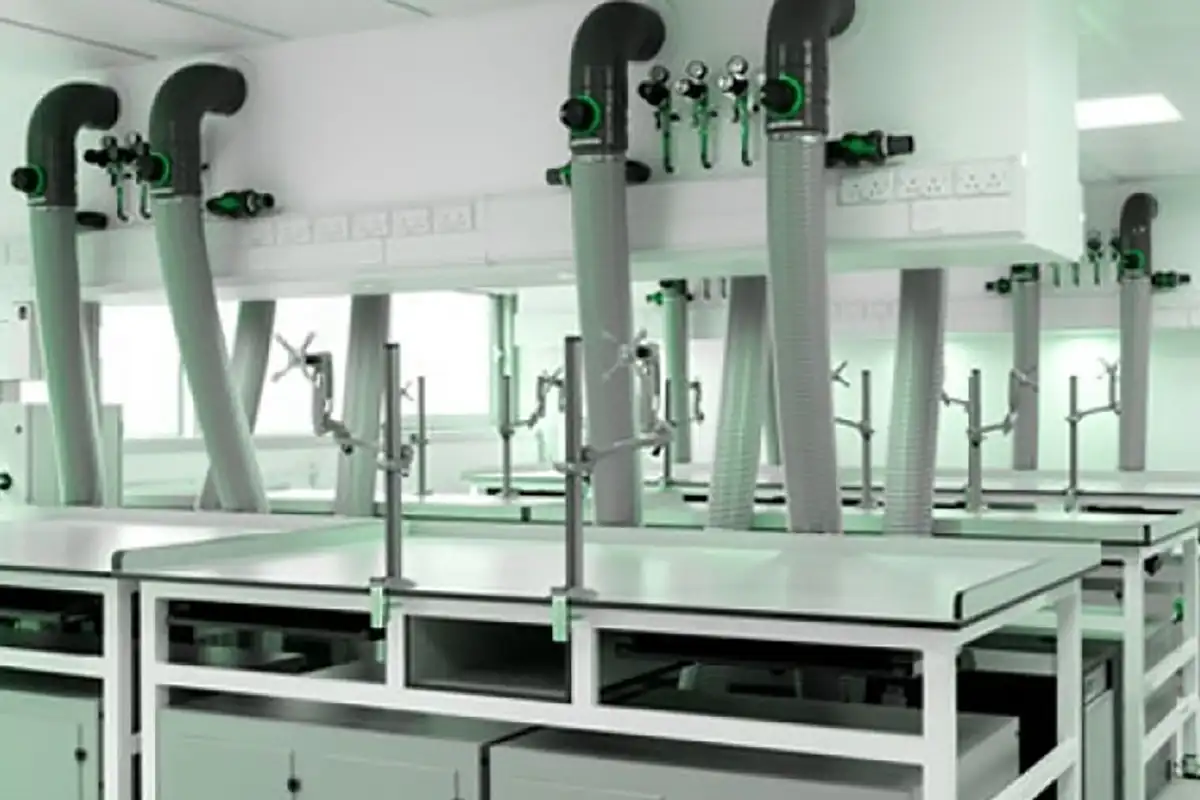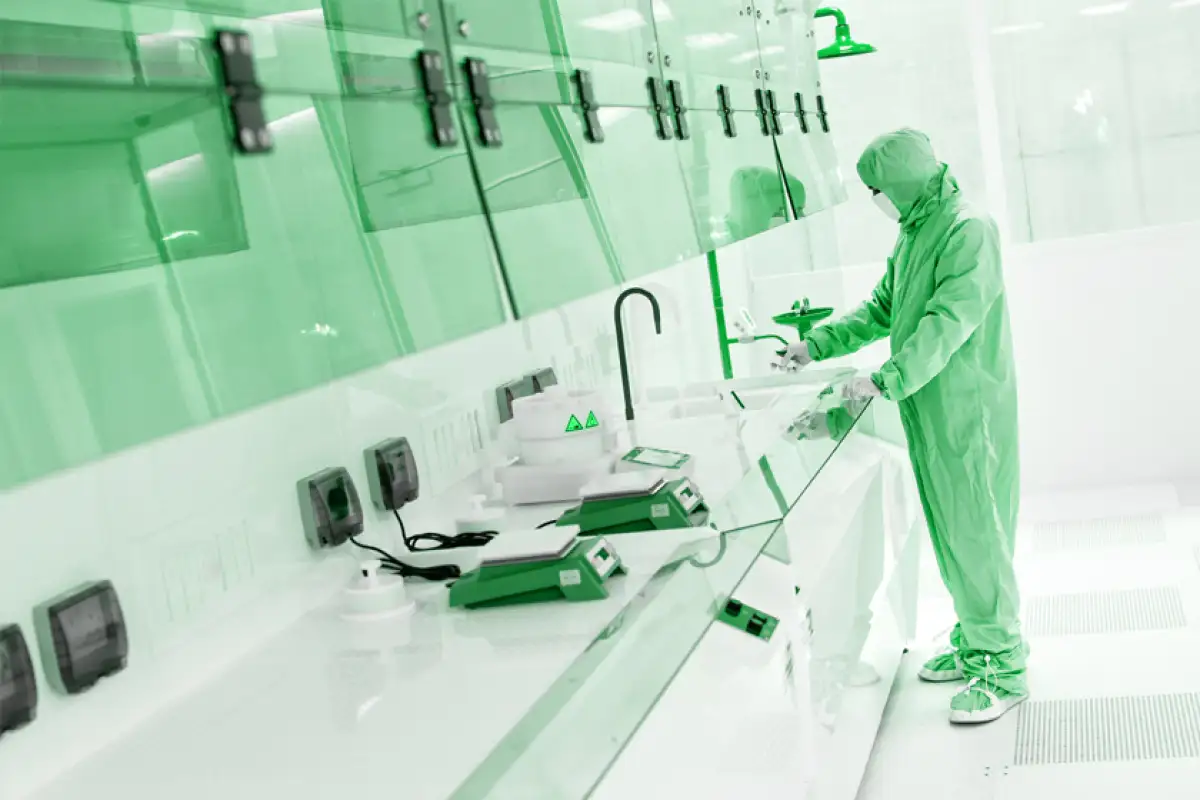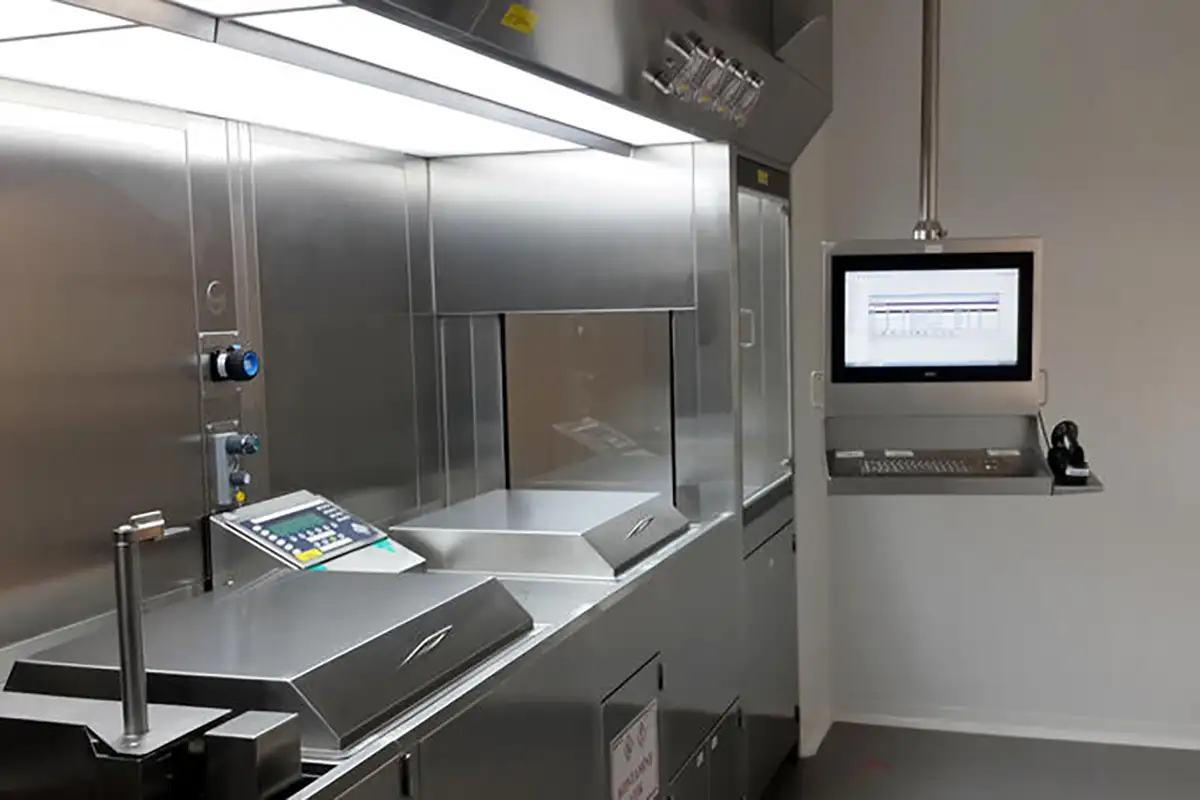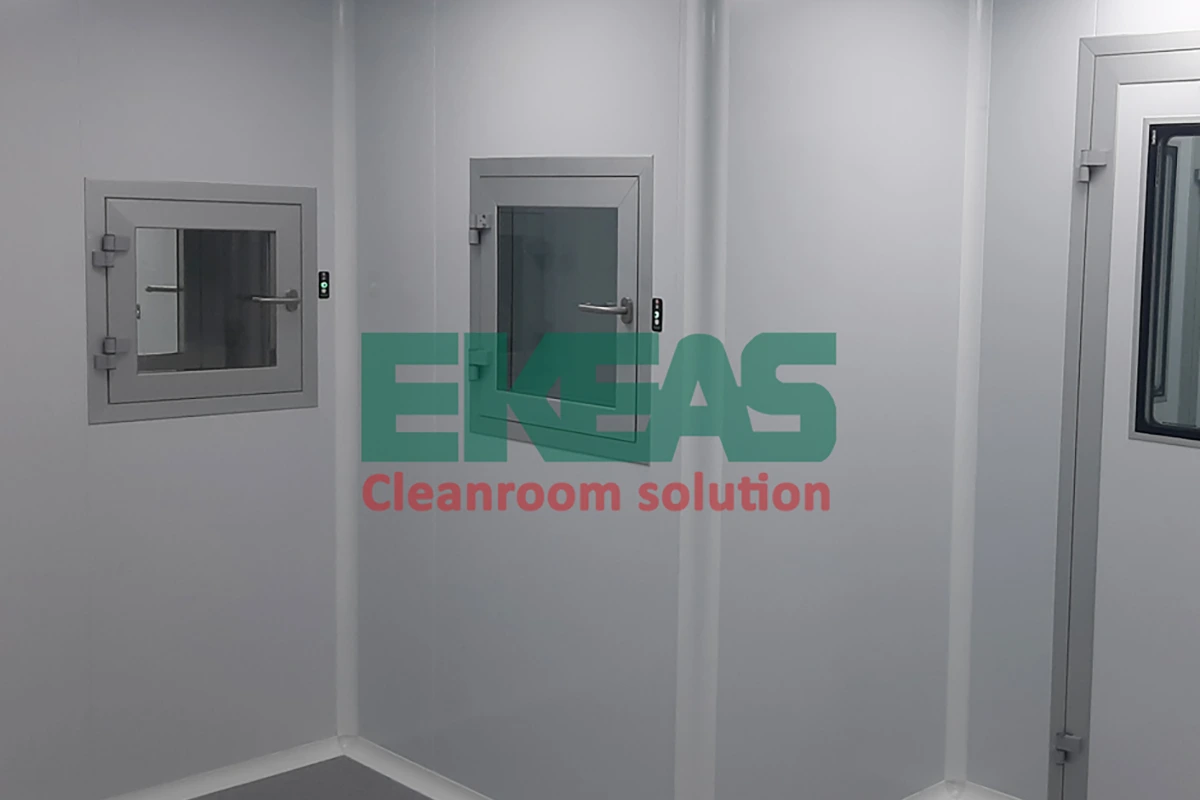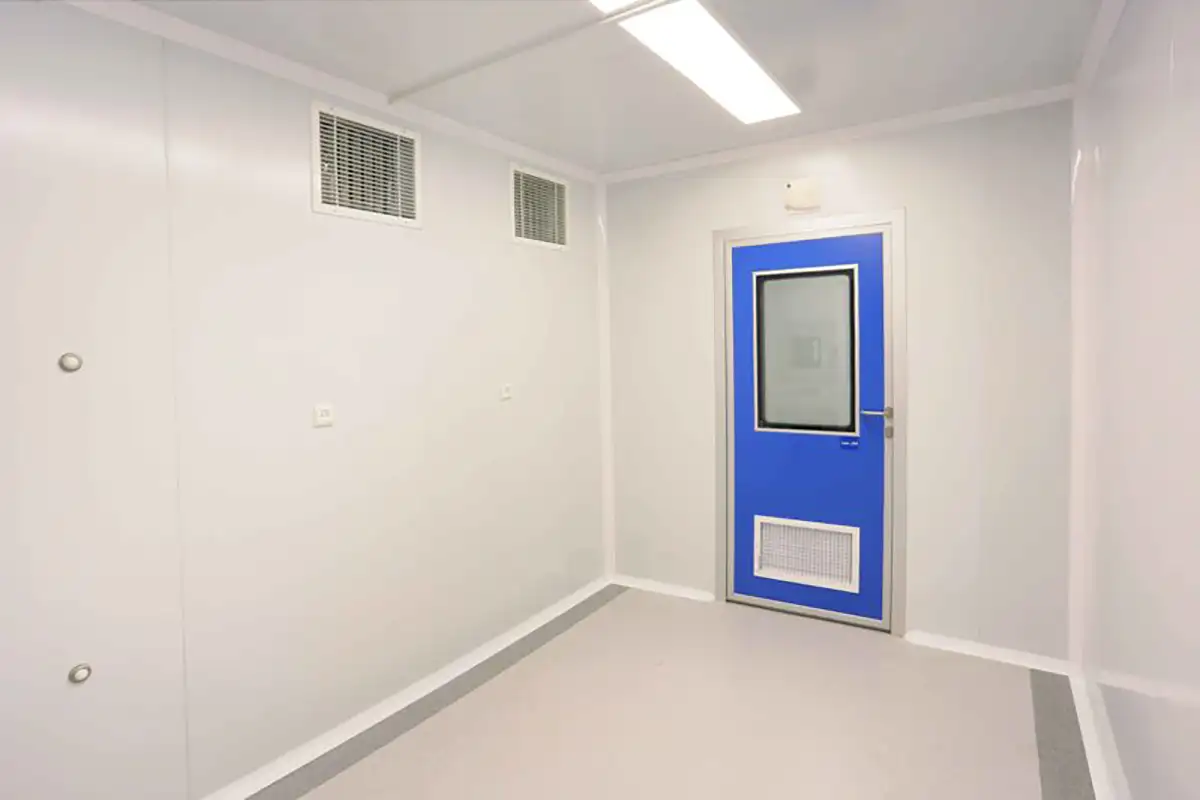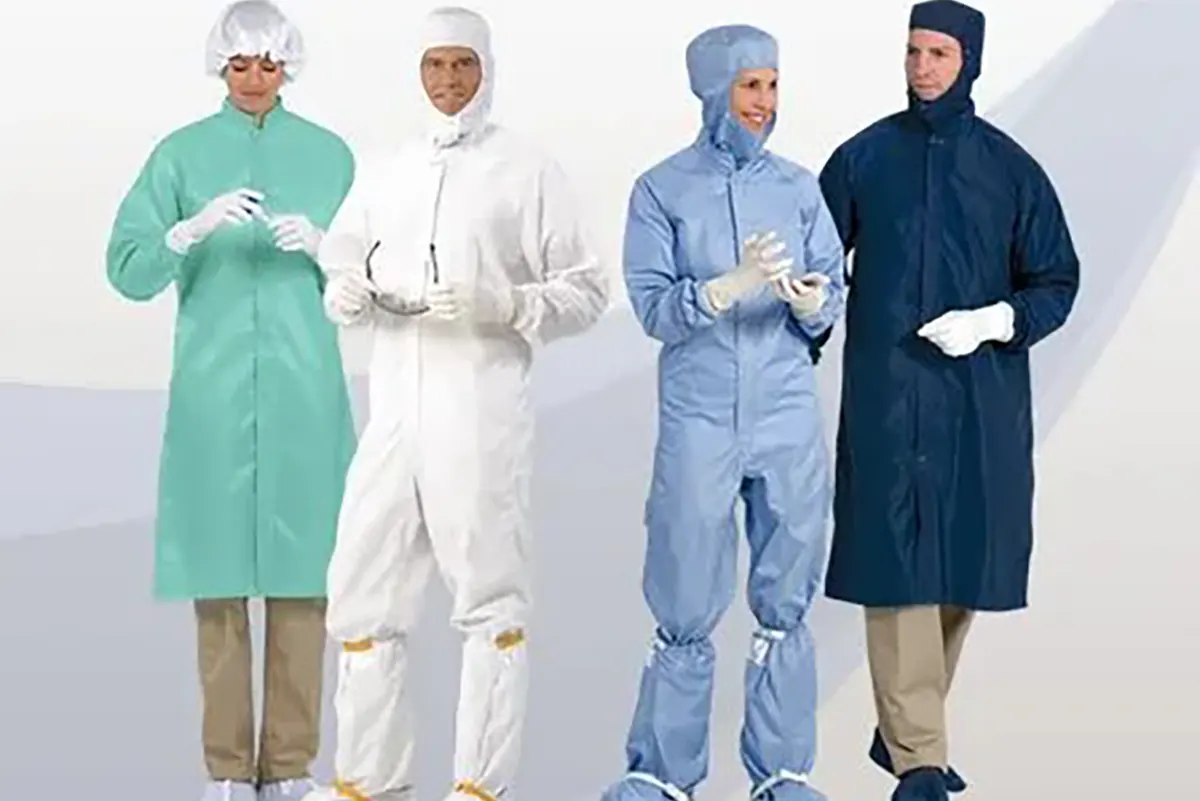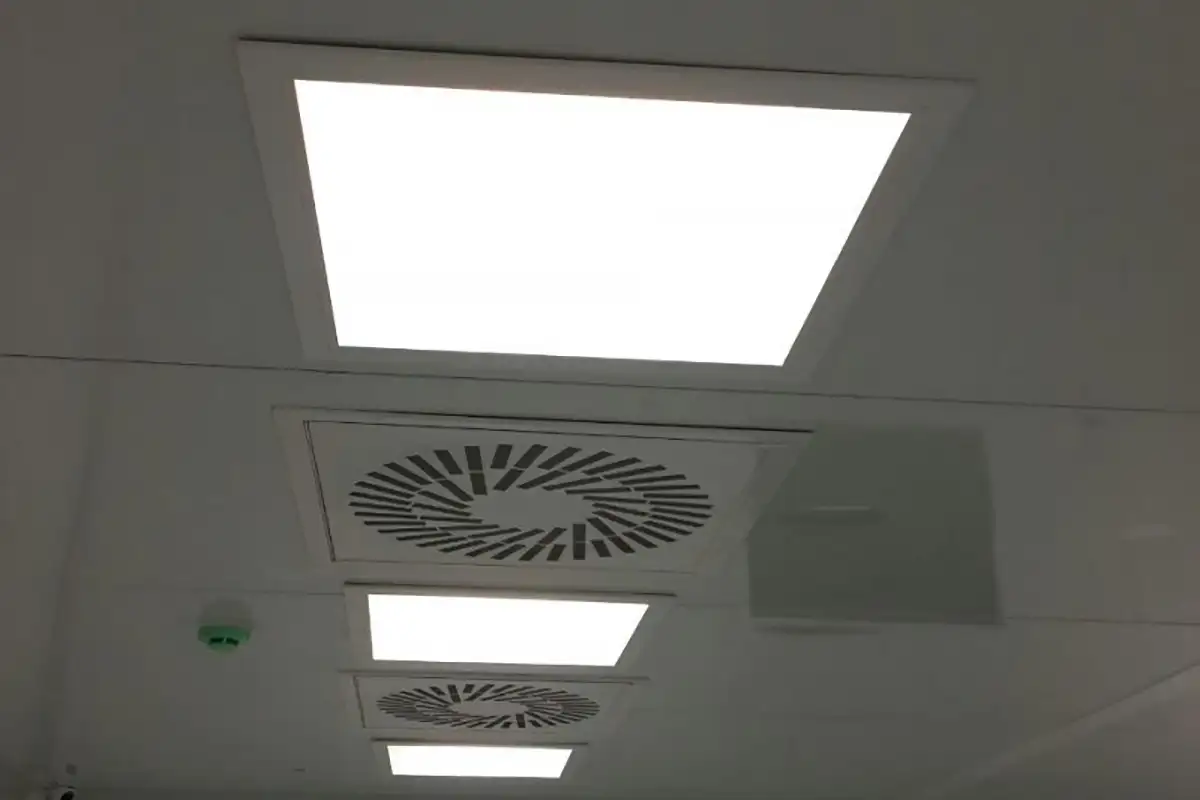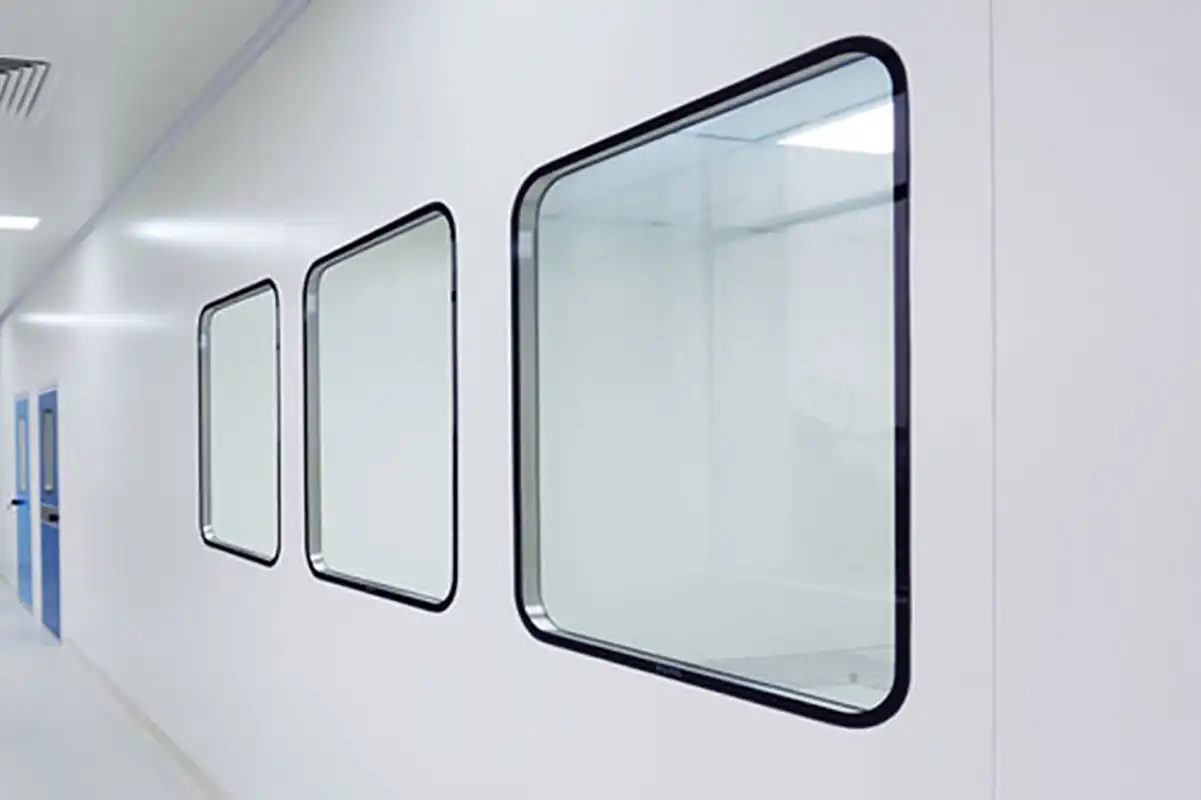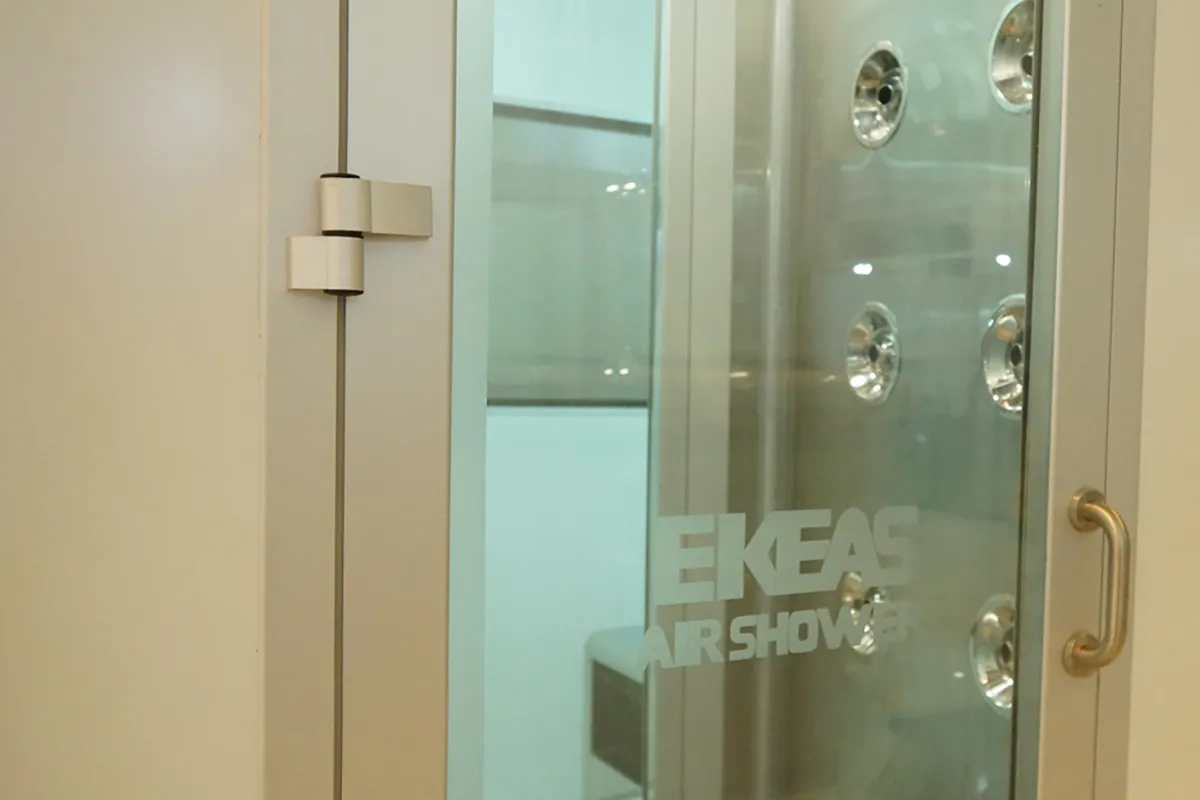Cleanrooms are a key technical factor in the overall strategy for controlling contamination of pharmaceutical and healthcare equipment. Cleanrooms are designed to protect products, personnel, and equipment from the adverse effects of contaminants by creating controlled, clean (cleanroom) areas. Cleanrooms are used in a variety of sectors, including microelectronics, semiconductor manufacturing, industries that utilize micromedicine, optical applications, biotechnology applications, pharmaceutical manufacturing, some food and beverage industries, operating rooms, and other healthcare and medical applications.
Until the 1980s, “cleanrooms” was more common as two separate words, but since the 1980s, the combined word “cleanroom” has been generally accepted and is used in the international standard ISO14644 for cleanrooms. This paper describes the evolutionary and progressive development of cleanrooms, highlighting important historical milestones, tracing the concept of “clean space” from the 18th century to the cleanrooms of the 21st century. The purpose of this paper is to lay the foundation for subsequent papers, particularly those that address the technical applications and use of cleanroom standards. In addition, it provides a historical narrative that can be of interest.
The history of cleanrooms is closely linked to two streams of technical development: medicine and military. The medical roots can be found in the effort to create a clean environment, first for field surgery and later for operating rooms. While military applications have their roots in the effort to assemble precision-engineered mechanisms in environments where dust particles can be hazardous to the mechanics of the device. In addition, the advancement of spacecraft and electronic devices led to technological advances in the field of cleanrooms, followed by the newer application of cleanrooms in the pharmaceutical industry, leading to the modern cleanroom technology of the 21st century., leading to the modern cleanroom technology of the 21st century.
The Early History of Cleanrooms: The Surgical Field
It is unclear exactly when the idea that the surrounding environment can affect the cleanliness of a given space and that practical steps should be taken to improve the level of cleanliness was first accepted. Such action has different responses depending on the industry or technology under consideration. Since at least the post-war period, it is necessary to follow two different disciplines, which makes the matter more complex. One discipline can be considered “industrial”, in which the military, nuclear and space fields have had the greatest impact on the development of clean spaces or cleanrooms in it, and the other is “medical”, of which the development of operating rooms is the most important case.
One of the earliest industrial concerns about cleanliness in an industrial environment was recorded by a Swiss watchmaker who covered his watches with a glass bell when they were not in use to keep them from collecting dust. Therefore, it can be said that the use of a bell-shaped glass was one of the first concepts of clean space design as a working environment. In addition to a closed space, the most important mechanism for keeping a space clean is air filtration. The history of air filters is associated with firefighting. Until the early 19th century, when firefighters entered burning buildings, they usually wrapped a wet cloth around their faces to avoid inhaling smoke. This risky practice was somewhat improved with the production of air filters by John and Charles Dean in 1823. They invented a smoke-protective filter that protected firefighters from thick smoke and hazardous chemicals in the air during firefighting. Later, air filtration devices were also used for underwater divers and in gas masks, which were invented by Colonel McPherson in World War I. The idea of designing a HEPA filter (high-efficiency particulate air filter) also came from there.
read more | Cleanroom softwall
In the field of medicine, at different times in the course of the evolution of surgery, medical professionals have expressed concern about environmental pollution. For example, there is documentary evidence that surgeons in the American Civil War (1860-1865) pointed to the environmental hazards of field surgery, for example, army doctors suspected that infection could be transmitted from patient to patient through the air. Moreover, in 1864, the American Medical Association took steps to improve hospital ventilation to create cleaner air.
Although air, equipment, surface, and personnel pollution was generally recognized as a major hazard during surgery, little improvement in cleanliness was made until Lord Joseph Lister introduced his work. One of Lister’s concerns was the spread of post-operative infections. To combat this, he pioneered the use of disinfection methods in surgery.
Inspired by the work of Louis Pasteur on methods for eliminating microorganisms, Lister experimented with surgical dressings soaked in carbolic acid (phenol) to cover wounds; as well as washing hands, disinfecting instruments, and spraying carbolic in the operating room during surgery to reduce infection. In 1867, Lister described the first disinfectant as follows:
“Carbolic or phenylic acid, a volatile organic compound that appears to have a particularly destructive effect on the lower forms of life and is therefore the strongest disinfectant we now know.”
Lister’s success in reducing post-operative infections led to other medical advances in the field of surgery. In 1878, Robert Koch discovered that bacteria in the blood cause blood poisoning, a finding that led to greater support for the use of disinfectants. The growing demand for disinfectants led American entrepreneurs James Wood Johnson and Edward Mead Johnson to establish Johnson & Johnson to produce the first bulk of antibacterial chemicals.
Following the work of Lister and Koch, scientists argued that reducing the bacteria present in the hospital environment would also help reduce the spread of infectious diseases and improve patient outcomes. For example, in the late 19th century, Professor Neuber and later, Ernst Bergmann, focused on the hygiene of the surgical staff. Increased hygiene gradually became part of the operating room routine. Bandages, instruments, and clothing were all disinfected with steam to remove dirt and microorganisms, which reduced the use of chemical disinfectants.
read more | What is a Bag filter?
In addition, stricter discipline was imposed on the surgical staff to minimize the transmission of infection through their hands and nails. Here, the work of William Halsted is important, who proposed the use of rubber gloves, masks, hats, and gowns for surgery. Undoubtedly, the increase in the post-operative survival rate contributed to the advancement of surgical methods in the early years of the 20th century.
Cleanrooms after the war: industrial growth
Although the cleanliness of medical practices continued to improve in the first half of the 20th century, especially as a result of desert medicine in World War I, there was little progress in the concept of clean air spaces (cleanrooms) in the first decades of this century. In controlled environments in factories that produced small aircraft bearings and gears, attention was paid to this issue and efforts were made to eliminate severe production area pollution, such as heavy dusty air that could stop the gears. Appropriate cleaning methods and isolation of the workplace from other production operations were used to control pollution.
Although some methods were used to increase air cleanliness (especially with the use of ultraviolet rays in the 1930s), the next important step in the concept of cleanrooms was taken in the second war of that century, which was more influenced by industrial applications than medical. With World War II, military technical developments accelerated. The need to assemble very important small components, from gun mechanisms to aircraft gyroscopes, in spaces free of any contamination, led to the creation of “white rooms.” These spaces had more ventilation and air was filtered using air conditioning systems. These filters, which were part of the HVAC unit, were originally called impact or retention separators and later became known as absolute filters. Attempts were also made in the field of pressurized rooms. Later, filtration progressed further and gas masks such as HEPA filters were designed that used Spatho grass and asbestos as the filtration medium.
read more | Portable cleanroom
The development of advanced weapons during the war was part of the incentive for designing more complex air filters to create clean working environments. This process led to the construction of the first “HEPA filters” according to the instructions of the United States Atomic Energy Commission. At that time, these filters were still called “absolute filters” and the acronym HEPA was not used until the 1950s. These absolute filters were built as part of the Manhattan Project to remove dust and radioactive particles from the air inside laboratories. Arthur D. Little Research and Development Company was successful in achieving this breakthrough. Little’s company designed the first absolute filters to trap particles 0.3 micrometers and larger, based on filter design details, to absorb dense iodine radioactive particles. These early air filters were much larger than HEPA air filters that are produced today.
Absolute filter technology was declassified after World War II and became available for industrial use in the early 1950s, providing the main part of heating, ventilation, and air conditioning (HVAC) systems. The original filtration mechanism based on grass was replaced with glass fibers used in paper. The use of HEPA filters was part of the industry’s extensive adoption of wartime technological aspects. Many aspects of post-war industrial advances required clean working environments and maintenance of cleanrooms became more important. Such industries included the manufacture of mechanical tools, electronics (especially the use of semiconductors), and nuclear and aerospace industries. In the era of mass production, these sectors needed larger cleanrooms with a larger volume of filtered air. This was part of the larger recognized need to control the level of particles such as dust, fibers, and skin cells, especially as even a small amount of dust settling on gears or bearings could lead to operational problems after manufacture for precision tools. The development of ventilation distributors that provided a larger and more uniform volume of air made it possible to build such cleanrooms with turbulent flow.
Post-war advances, in addition to industry, continued in the use of cleanrooms in hospitals. In the 1950s, extensive research was conducted to examine patterns of hospital infections and microbiological hazards that threatened patients during surgery. This led to further efforts to improve the ventilation of operating rooms on the basis that adding enough filtered air could significantly increase the level of air cleanliness, sometimes referred to as “positive ventilation.” The most important technical advance was the production of artificial ventilation, in which the speed and airflow were under mechanical control. With the advancement of this technology, the artificially produced clean air became “cleaner” and was provided by more reliable systems. This led the United States in the late 1950s to require that airflow systems used in operating rooms have at least 12 changes per hour in existing building facilities, and at least 25 changes per hour in new building facilities.
1960s: The space race and the first cleanroom standards
A group at Sandia Corporation (later Sandia National Laboratories), in Albuquerque, New Mexico, in the United States, led by Willis Whitfield, completed the development of laminar flow technology in collaboration with the United States Atomic Energy Commission. The goal of Whitfield’s work was to develop an air control system that would protect workers from nuclear particles. The starting point for this research was that existing cleanroom designs were inefficient compared to the pace of industrial advancements, such as problems with dust particles contaminating electronic components. The early path to creating ultra-clean environments relied as much on intensive manual cleaning as it did on conditioned air. Whitfield achieved higher standards by using propellers that forced outside air into the room after passing through filters, and simultaneously using propellers that removed the same amount of air from exhaust pipes located in the walls of the cleanroom. slow In the next development, the air was removed from the supply ceiling and through the rods in the floor (air evacuation), based on the principle that the particles deposited in the air flow are easily removed from the room by the air flow due to gravitational effects.
Many other industries also benefited from the applications of HEPA filters that were made possible by the Sandia advances. In some industries, the technology was used to protect people from exposure to a wide range of hazards such as radiation and chemicals. In other sectors such as automotive, General Motors was one of the first automakers to use cleanrooms to protect circuits from dust. In the 1960s, a number of different inventions were patented related to cleanrooms. For example, Charles Moll and William Anderson, based on work done at Westinghouse Electric, patented a laminar flow room known as a “super cleanroom.”
The widespread use of cleanrooms in a wide range of industries, as well as the advancement of building design technologies, led to the need for a tool to assess, standardize, and compare cleanliness. The first standard for cleanroom cleanliness was U.S. Air Force Technical Order No. 20326-25-00. This was the first standard for controlled environments. This technical order used a classification system with grades from 1 to 5, with grade 1 being the cleanest standard. Like modern standards, classification was based on the maximum amount of suspended particles of a given size that was assigned to a room with a certain grade. This technical order, in addition to the classification standard, also described the process of entering the clean area, gowning requirements, and some basic room design issues. This technical order formed the basis for the more stringent requirements of missile development and later the U.S. Federal Standard 209.
read more | Standard air conditioner
One strong driver for cleanroom technology development was the Space Race. The U.S. National Aeronautics and Space Administration (NASA) used cleanrooms and laminar airflow to advance rocketry. NASA initially used the Air Force technical order and classification system, which was based only on particle assessment, and added microbiological testing requirements to it (through a series of guidance documents on contamination control, such as NASA SP-5076.) NASA guidelines for microbiological testing recommend using Reiners narrow-bore air samplers and RODAC plates for surface sampling. To check the hands of personnel, they had to touch disinfected steel strips. The strips were then washed with peptone water, which was later diluted and transferred to a microbiological culture medium. The culture medium used in all tests was tryptic soy agar (72 hours of incubation at 32 degrees Celsius). As an indicator of the level of contamination control in this period, research reports from the mid-1960s generally focused on particle control and often lacked microbiological control.
Cleanroom Equipment by Ekeas
Cleanrooms include a variety of equipment, and in order for a cleanroom to meet standards, it must use the appropriate equipment. Here are a few examples of cleanroom equipment:
